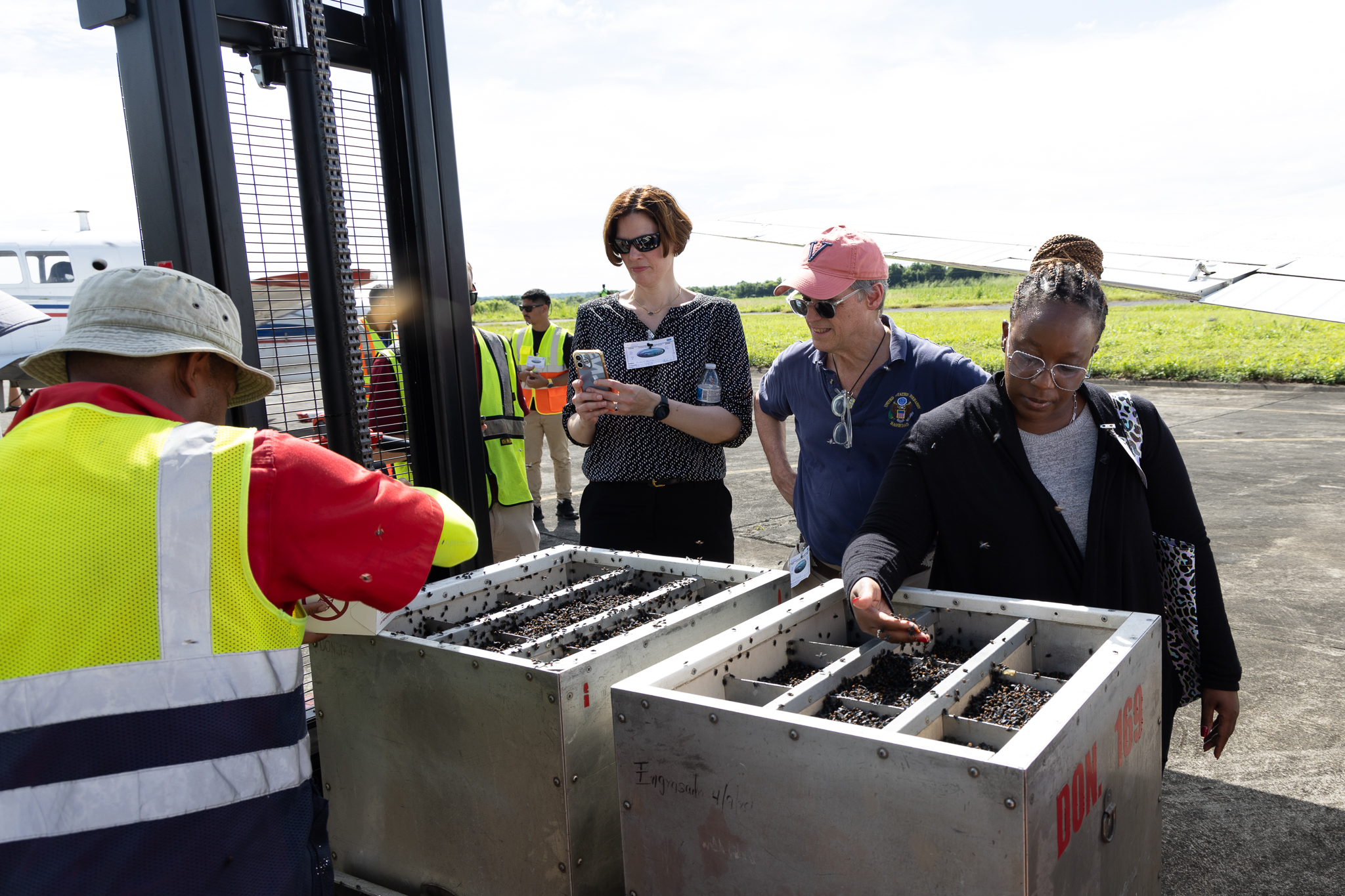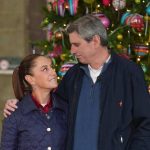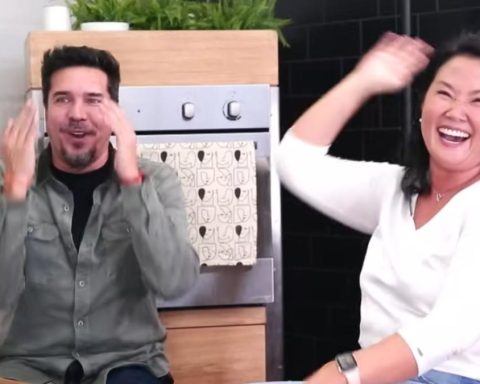Despite the permanent hate speeches of the dictators Daniel Ortega and Rosario Murillo, against the political system of the United States, that country was the first to come to the aid of the Nicaraguan regime to try to stop the worrying outbreak of the screwworm that is developing in the country.
As 25 years ago, when Nicaragua was declared a territory free of the cattle screwworm, once again the Animal and Plant Health Inspection Service of the United States Department of Agriculture (APHIS) goes to Nicaragua to combat the plague that affects livestock and that, if it spreads, would cause great losses in the production of this important item for the economies of the region.
A team of 16 APHIS scientists are already in Nicaragua to try to stop the possible spread of the screwworm plague, as reported this Monday, November 4, by the US embassy in Managua.
The United States chargé d’affaires in Nicaragua, Kevin Michael O’Reilly, through his official X account warned that “for the first time in decades, the screwworm has reappeared in Central America and threatens livestock farming in the region.”
Related news: IPSA enables telephone lines to report cases of cattle screwworm
The American diplomat explained that the team of 16 scientists from his country’s Department of Agriculture “is in Nicaragua working with local partners (employees of the Sandinista regime) to stop this outbreak before it decimates the Central American agricultural industry.”
On April 5, the Institute of Agricultural Protection and Health (IPSA) of Nicaragua decreed «Animal Health Alert at the national level, due to the presence in the country of the cattle screwworm”, through executive resolution 30-2024 published in La Gaceta, Official Gazette.
It has been known that, so far, two cases have been recorded in humans, including a child, infected with the worm.
Plague is already almost in all of Nicaragua
The IPSA has registered, according to official data, so far, 4,655 cases of screwworm, including the two cases in humans.
Of the total confirmed cases, 3,489 are in cattle, 615 in pigs, 234 in dogs, 223 in horses, 69 in sheep, 21 in goats. Additionally, both in humans, one in a bird, and one in a rabbit, according to government information.
The confirmed cases would have been recorded on livestock farms in the departments of Río San Juan, Rivas, in the Autonomous Region of the Southern Caribbean Coast (RACCS), all located on the border strip with Costa Rica.
Related news: They detect a case of a minor infected by cattle screwworm in Nicaragua: He had more than 100 worms in his ears
Since those first outbreaks, according to IPSA, the plague has already spread to Granada, Carazo, Masaya, Managua, León and Chinandega; as well as Boaco and Chontales, Matagalpa, Jinotega, Estelí, Nueva Segovia and Madriz. All affected departments are under permanent surveillance.
What is screwworm?
The larva of the fly Cochliomyia hominivorax (Coquerel) is known as a “screwworm”, which deposits its eggs in any open wound of a warm-blooded animal, including people. Hours after they have been deposited, the worms are born. which feed on living tissue.
According to scientific studies carried out on the insect, a fly of this type, if it finds a suitable wound on an animal, can deposit up to 1600 eggs in a single egg-laying. All these larvae in their development will feed on the tissues of the infected animal or person.
The main impact is on livestock, causing great economic losses.
Nicaragua had not faced this problem for 25 years. In 1999, the country, like the rest of the region, was declared a “screwworm-free territory” after the execution of a million-dollar eradication project that lasted several years and was led and financed mainly by the United States.


















